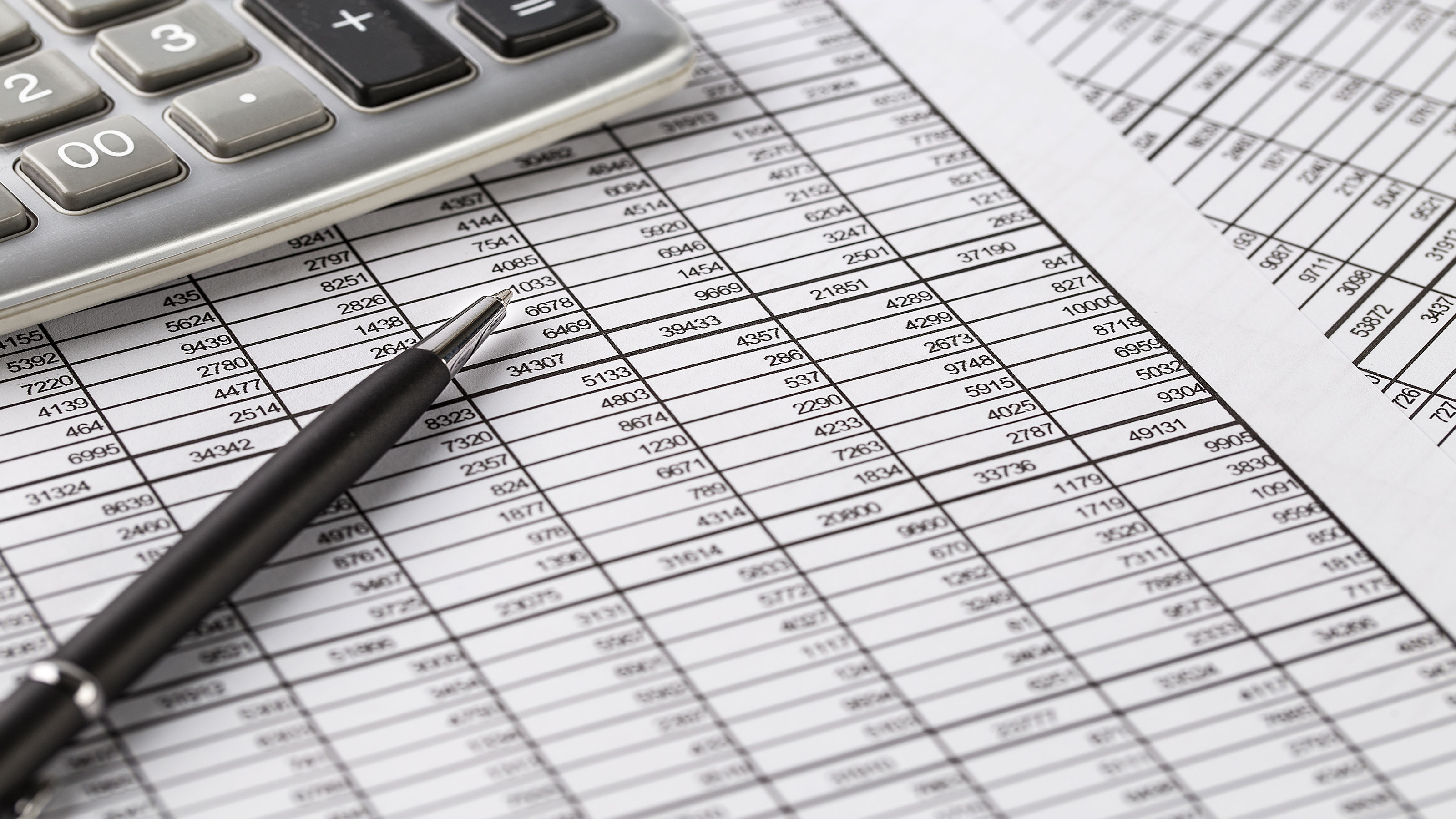6 Things You Must Know About Setting Up a Home Office
To be productive, make your workspace all business.

1. Out of sight is out of mind. You want to work uninterrupted by family members. Architect Sarah Susanka (www.notsobighouse.com) suggests that you convert an attic or upper-floor space or a room in the basement. Or you could repurpose a formal living or dining room — but add doors to separate it from the rest of your home.
2. Make it cozy but not claustrophobic. Susanka strongly recommends that before planning your layout, you make a list of everything you'll want the office to contain. You can design a functional office for one person — with an 8-foot-long desk and shelves above it — to fit in as little as 50 square feet, says interior designer Paul Bloom.
3. Set a budget for furnishings. You could spend as little as $60 for an L-shaped desk with a keyboard tray and another $160 for a two-drawer file cabinet at Staples. Or, for $1,000 to $1,200, you could shop at Ikea or the Container Store for a desk, two under-desk drawers, and additional shelving and storage. For about $5,000, you can outfit your office with semi-custom components — including a U-shaped desk, a credenza, a couple of wall cabinets, a two-drawer lateral file and a three-drawer unit — from Techline (find a dealer). Whatever your budget, don't skimp on adequate lighting and a comfortable chair (a good one will run you about $200 to $500). Want professional assistance? Get the help of an interior designer (www.asid.org; $90 to $150 an hour).

Sign up for Kiplinger’s Free E-Newsletters
Profit and prosper with the best of expert advice on investing, taxes, retirement, personal finance and more - straight to your e-mail.
Profit and prosper with the best of expert advice - straight to your e-mail.
4. Get equipped. At a minimum, you'll need a computer, Internet access and a separate phone line. Look for bundled services. For example, Verizon offers a business bundle including two phone lines and high-speed Internet for $85 a month with a two-year contract (or FiOS Internet for $95 a month where available). If you often work on the go, a laptop will serve you better than a desktop PC. But when working at home, add a large screen and a keyboard or a docking station so that you can easily plug in the laptop and operate peripherals, such as a printer. Best Buy sells an HP all-in-one laser printer/copier/scanner/fax machine for $260.
5. Get connected. Your employer may provide you with secure access to its system via a virtual private network (VPN). If not, or if you're self-employed, you'll need a way to store files, such as an external hard drive, and a way to transfer files, such as a flash drive or CDs. Or you can store, access and share your stuff in the cloud (see Join the Cloud on the Cheap). A scanner will allow you to digitize documents, or you can save files as PDFs and send them as e-mail attachments.
6. Take a tax deduction. If you're self-employed, you can deduct a percentage of your rent or mortgage interest, insurance, utilities, phone bills, repairs, and depreciation equivalent to the portion of your home that you use exclusively and regularly as your principal place of business. (It's tough for employees to qualify for a home-office tax break.) If a room serves double duty — say, as your office and as a guest bedroom — only the portion of the room where you work counts. (For more information, see IRS Publication 587, Business Use of Your Home.)
Get Kiplinger Today newsletter — free
Profit and prosper with the best of Kiplinger's advice on investing, taxes, retirement, personal finance and much more. Delivered daily. Enter your email in the box and click Sign Me Up.

-
 Stock Market Today: Stocks Gain on Tech, Auto Tariff Talk
Stock Market Today: Stocks Gain on Tech, Auto Tariff TalkThe Trump administration said late Friday that it will temporarily halt tariffs on some Chinese tech imports.
By Karee Venema
-
 Sam's Club Plans Aggressive Expansion: Discover Its New Locations
Sam's Club Plans Aggressive Expansion: Discover Its New LocationsSam's Club expansion plans will open up to 15 new stores each year. Learn where they plan to open in 2025.
By Sean Jackson
-
 How to Find Foreclosed Homes: Best Foreclosure Listings Sites
How to Find Foreclosed Homes: Best Foreclosure Listings SitesMaking Your Money Last Find foreclosed homes for sale on these foreclosure listing websites. Search for properties on these free, paid or government sites.
By Bob Niedt
-
 Luxury Home Prices Rise as the Rich Dodge High Mortgage Rates
Luxury Home Prices Rise as the Rich Dodge High Mortgage RatesLuxury home prices rose 9% to the highest third-quarter level on record, Redfin reports, growing nearly three times faster than non-luxury prices.
By Kathryn Pomroy
-
 Four Tips for Renting Out Your Home on Airbnb
Four Tips for Renting Out Your Home on Airbnbreal estate Here's what you should know before listing your home on Airbnb.
By Miriam Cross
-
 Five Ways to Shop for a Low Mortgage Rate
Five Ways to Shop for a Low Mortgage RateBecoming a Homeowner Mortgage rates are high this year, but you can still find an affordable loan with these tips.
By Daniel Bortz
-
 Kiplinger's Tax Map for Middle-Class Families: About Our Methodology
Kiplinger's Tax Map for Middle-Class Families: About Our Methodologystate tax The research behind our judgments.
By David Muhlbaum
-
 Is Relief from Shipping Woes Finally in Sight?
Is Relief from Shipping Woes Finally in Sight?business After years of supply chain snags, freight shipping is finally returning to something more like normal.
By David Payne
-
 Looking to Relocate? Plan for Climate Change
Looking to Relocate? Plan for Climate Changebuying a home Extreme weather events are on the rise. If you’re moving, make sure your new home is protected from climate change disasters.
By Rivan V. Stinson
-
 Retirees, A Healthy Condo Has a Flush Reserve Fund
Retirees, A Healthy Condo Has a Flush Reserve FundSmart Buying Reserve funds for a third of homeowner and condo associations have insufficient cash, experts say. Here are some cautionary steps you should take.
By Patricia Mertz Esswein